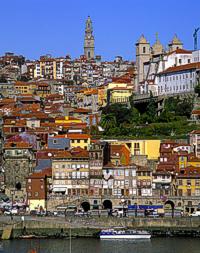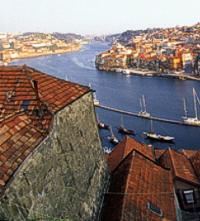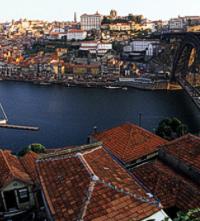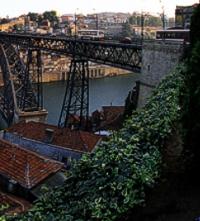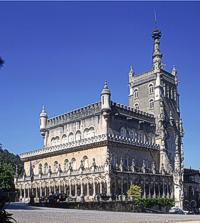
|
|
 Aware
of the importance of these initiatives for the city and the advantages
of international support for the consolidation of this process, the
Oporto City Hall put forward a formal candidature to UNESCO for the
classification of the Oporto Historic Centre as Heritage of international
importance. Aware
of the importance of these initiatives for the city and the advantages
of international support for the consolidation of this process, the
Oporto City Hall put forward a formal candidature to UNESCO for the
classification of the Oporto Historic Centre as Heritage of international
importance.
 The process started in 1993 and was given a decisive impetus in 1996,
when UNESCO's World Heritage Committee gave its approval.
The process started in 1993 and was given a decisive impetus in 1996,
when UNESCO's World Heritage Committee gave its approval.
 The candidature was organised by CRUARB (Municipal Project for the
Urban Renovation of the Oporto Historic Centre), together with several
specialised City Hall departments.
The candidature was organised by CRUARB (Municipal Project for the
Urban Renovation of the Oporto Historic Centre), together with several
specialised City Hall departments.
 UNESCO's
decision was greatly influenced by the quality of the urban and social
renovation works, especially those concerning the support to the local
population, as well as cultural and sport activities which have been
successfully introduced throughout the area now classified as Heritage
of international importance UNESCO's
decision was greatly influenced by the quality of the urban and social
renovation works, especially those concerning the support to the local
population, as well as cultural and sport activities which have been
successfully introduced throughout the area now classified as Heritage
of international importance
|
